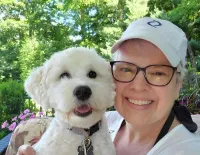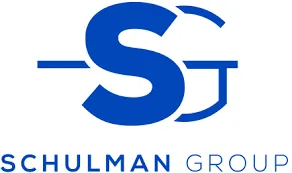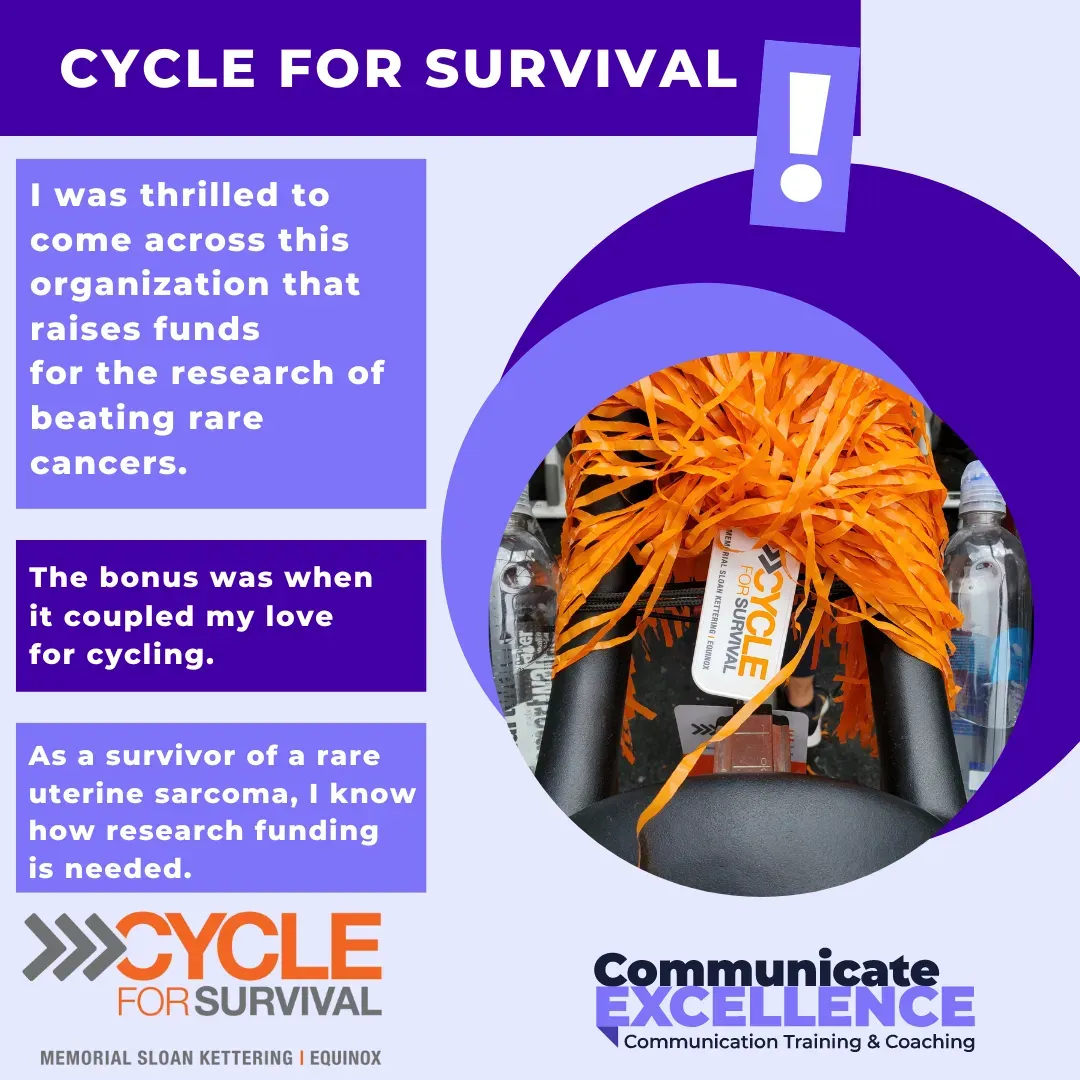Win their Loyalty
Get Certified in Making Patients Happy
Win their Loyalty
Get Certified in Making Patients Happy
Imagine Producing an Additional $300,000 Each Year
The average single doctor practice (per Gaidge), which receives approximately 850 new patient calls each year, this increase translates to nearly $300,000.
Before Amy:
After Amy:
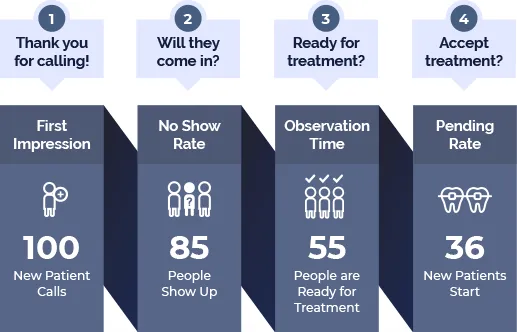

After Amy:
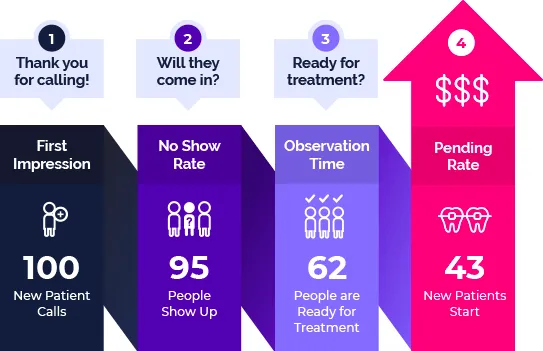
From Bogged Down to Brief
Some questions can make us feel like we're tap-dancing when we should just answer the question and move on.
Amy coached this scheduling coordinator the art of BREVITY: sentences on the phone; paragraphs in person.
Before
After
From Mousy To Scheduling Ninja
This scheduling coordinator used to dread making appointments, and has now become this practice's ninja (STILL over four years later according to her Doctor!)
Amy helped Debbie feel more confident and use the proper leading question to offer appointments which put Debbie in control of the conversation.
Before
After
My customer communication training will help you to 10X your patient experience to massively impact your Win ratio!
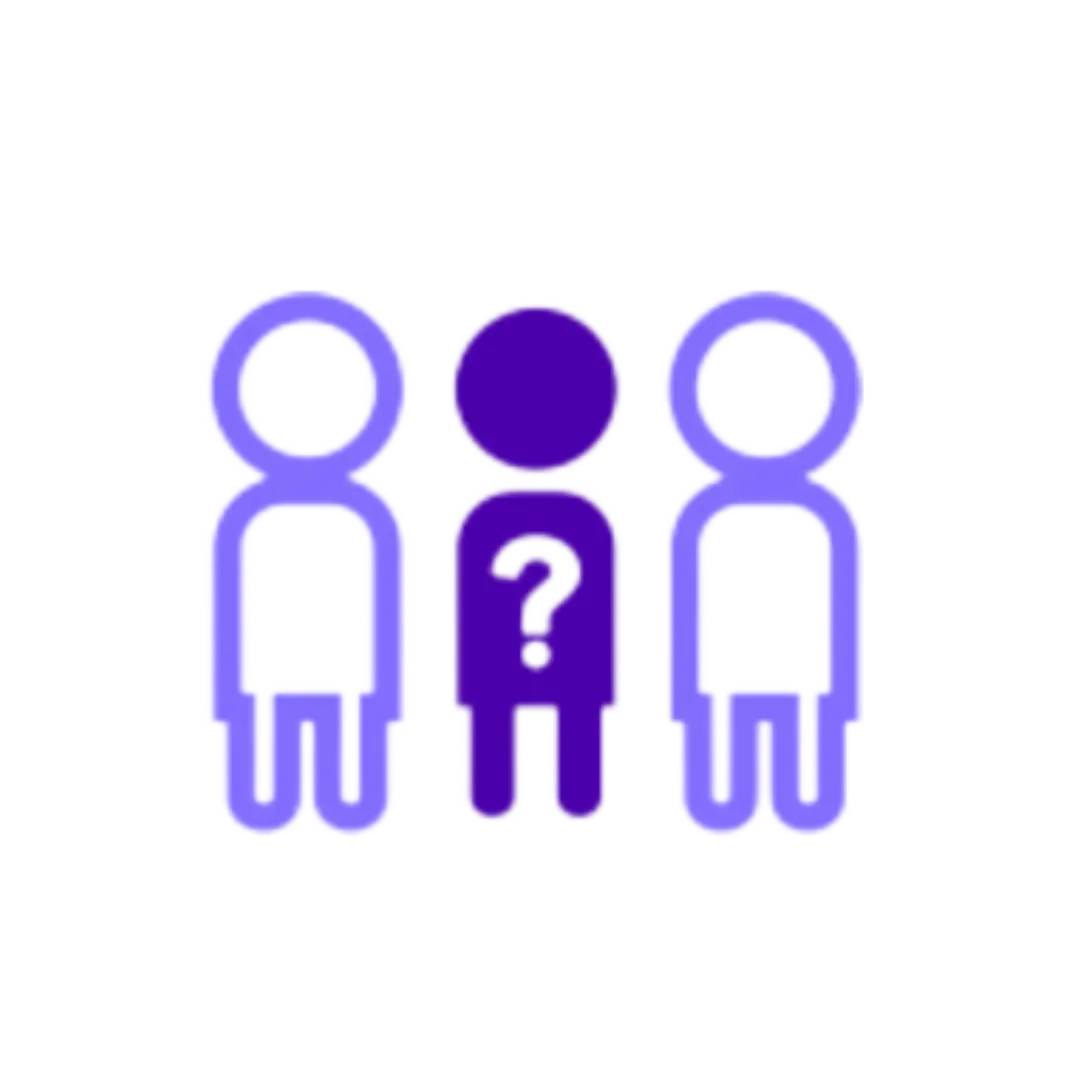
40%
Decrease in No Shows
because all your customer relationships are real connections, right from the start.
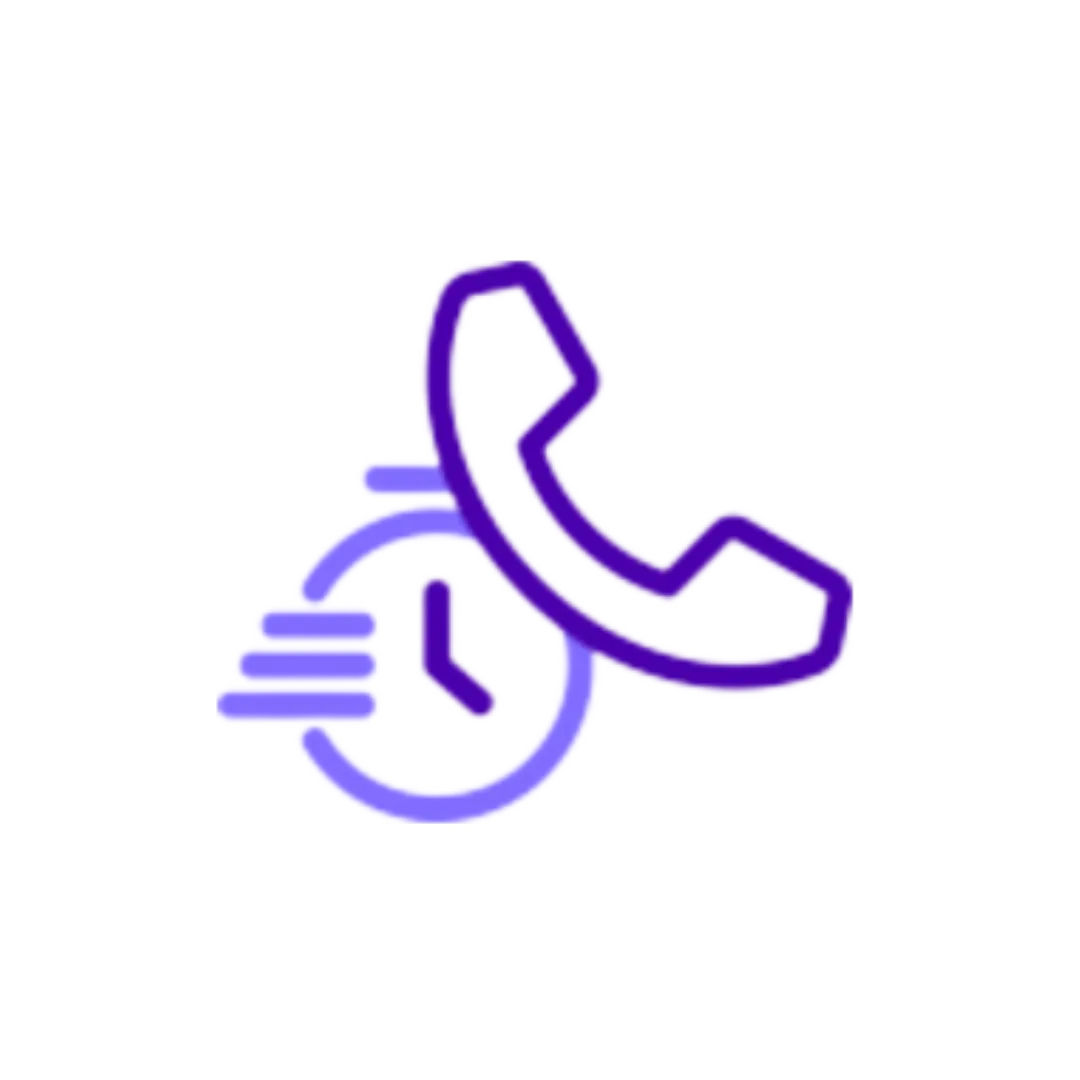
64%
Reduction in Longer, Problem Calls
because you're no longer inadvertently upsetting your valued customers.
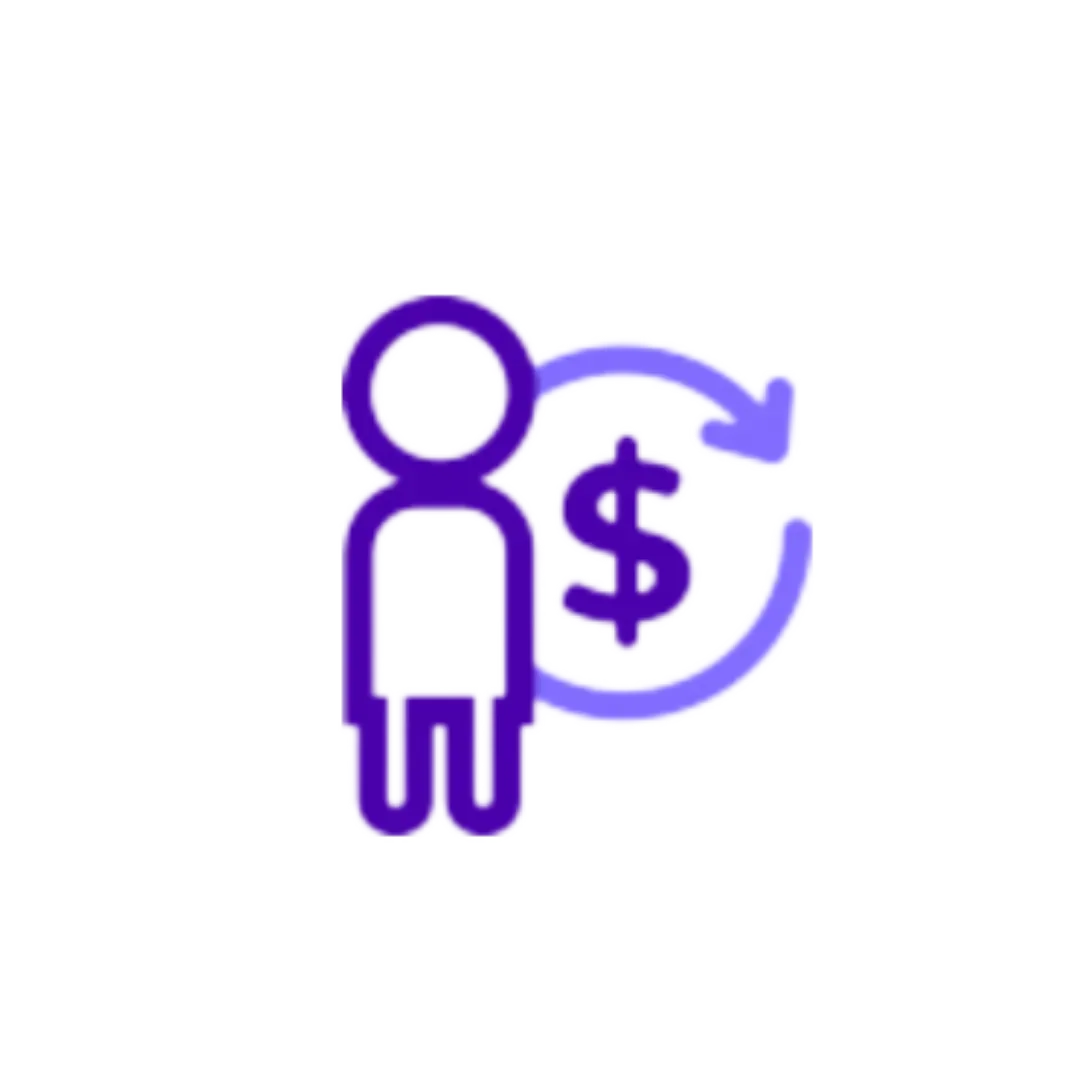
Large Call to Action Headline
20%
Increase in Production
because you've built trust with your customers from the beginning, so your win ratio is much higher.
What Our Clients Are Saying:
HOW TO WORK WITH ME

Phone Coaching
Telephone skills training for efficient and impactful first impressions with your receptionist and front office team.

Sales Coaching
Treatment Coordinator communication training for consultations to adapt, read the room, and win the start.

Workshops & Keynotes
Book me for your team or appreciation event you are running to provide customer experience training.
Join my mailing list for regular inspiration, tips and techniques to share with your team.
Watch my short video on the 5 Types of Questions as a welcome gift.
Did you know there are different types of questions? Annoyingly, we often default to the question type that doesn't actually help move us towards our goal.
Take a few moments to watch my short video and you'll learn a few of the different types so you can be more conscious of your speaking habits and bring the correct question type to the situation at hand.
Do share this video with the rest of your team to help them make the same change - it's my little thank you for having you join my mailing list.

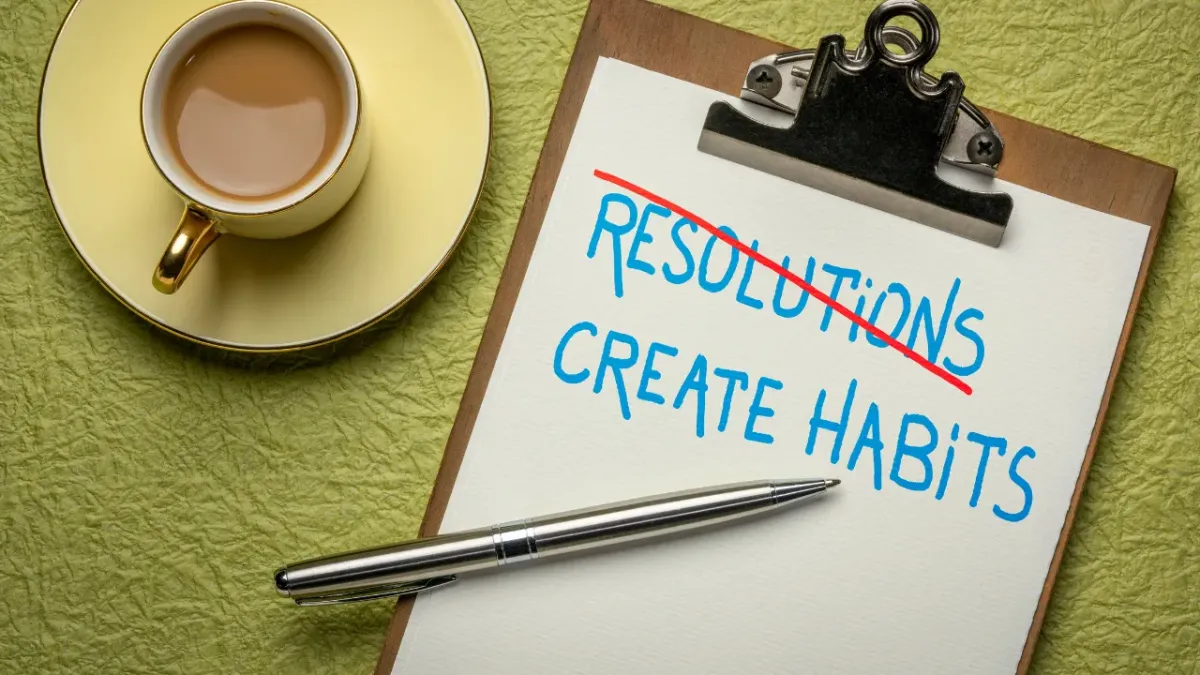
What is the Difference Between Wanting and Committing to Change?
Let’s say we are past the point of deciding that change needs to happen.We are ready for change. We want it for one or more of a number of reasons that may include we see the need for change or we are being forced to change. But what is the difference between wanting and committing to change?
Wanting to Change
Think of it in this way…go big or go home. Guns blazing. Fast and furious. All show and no substance. The hare in The Tortoise and The Hare.
Wanting to change generally relies on motivation. But this is a poor strategy for change.
The classic example is what we do in preparation for New Year’s Day or a new month or a new declaration. Wanting change tends to be accompanied by platitudes. They sound like, “I will ALWAYS…,” or, “I will NEVER…,” or, “From now on…”
The night before, motivation is high. Sometimes the motivation is out of guilt (overeating during the holidays), or some other pain point. But then the new day hits when the “all or nothing” is supposed to be a reality. And…tick…tick…tick…it is only a matter of time before that motivation wanes and the old habits pull on us.
That is the trouble with using motivation as your driver. Motivation is fickle, it vacillates, it tires out. As BJ Fogg, Ph.D. states in Tiny Habits, “When motivation surges, you can do hard behaviors….but high levels of motivation are both scattershot and unsustainable.”
This isn’t changing at all. It is “all bark and no bite”!
Committing to Change
Committing to change, by contrast, looks and sounds like…slow and steady wins the race. The tortoise in The Tortoise and The Hare.
“Doing a little bit in infinitely bigger and better than doing nothing.”
--Stephen Guise, Mini Habits: Smaller Habits, Bigger Results
Committing to change relies on willpower. This is a solid foundation and strategy. The primary way to make this strategy a success is to use willpower on a small action. This is touted in three books that I would recommend to you. They are:
Atomic Habits by James Clear
Mini Habits by Stephen Guise
Tiny Habits by BJ Fogg, PhD
When we commit to change by taking a small action after a specific prompt, we gain a WIN! And our brains like that.
Prompt. Behavior. WIN!!!
That was easy!
And who doesn’t love easy and a win?!
So we do it again – win!
And again – win!
And before long we have a change in the habit! This is REAL change…a true fact!
Application
Let’s bring this home and make it real. Think about how you want each and every person greeted on your phones. We have an easy cue…the phone rings. What is the smallest action we can take? I am going to assume you already think to smile so let’s add one more thing. Anytime we hear a phone ring I want you to think, “I would be happy to help you.” Then when the caller tells you why they have called, say the magical seven words, “I would be happy to help you.”
SCORE! WIN!
Now you, too, have a victory and know the difference between wanting and committing to change!
“Be the person with embarrassing goals and impressive results instead of one of the many people with impressive goals and embarrassing results.”
--Stephen Guise, Mini Habits: Smaller Habits, Bigger Results
Our Clients' Experiences

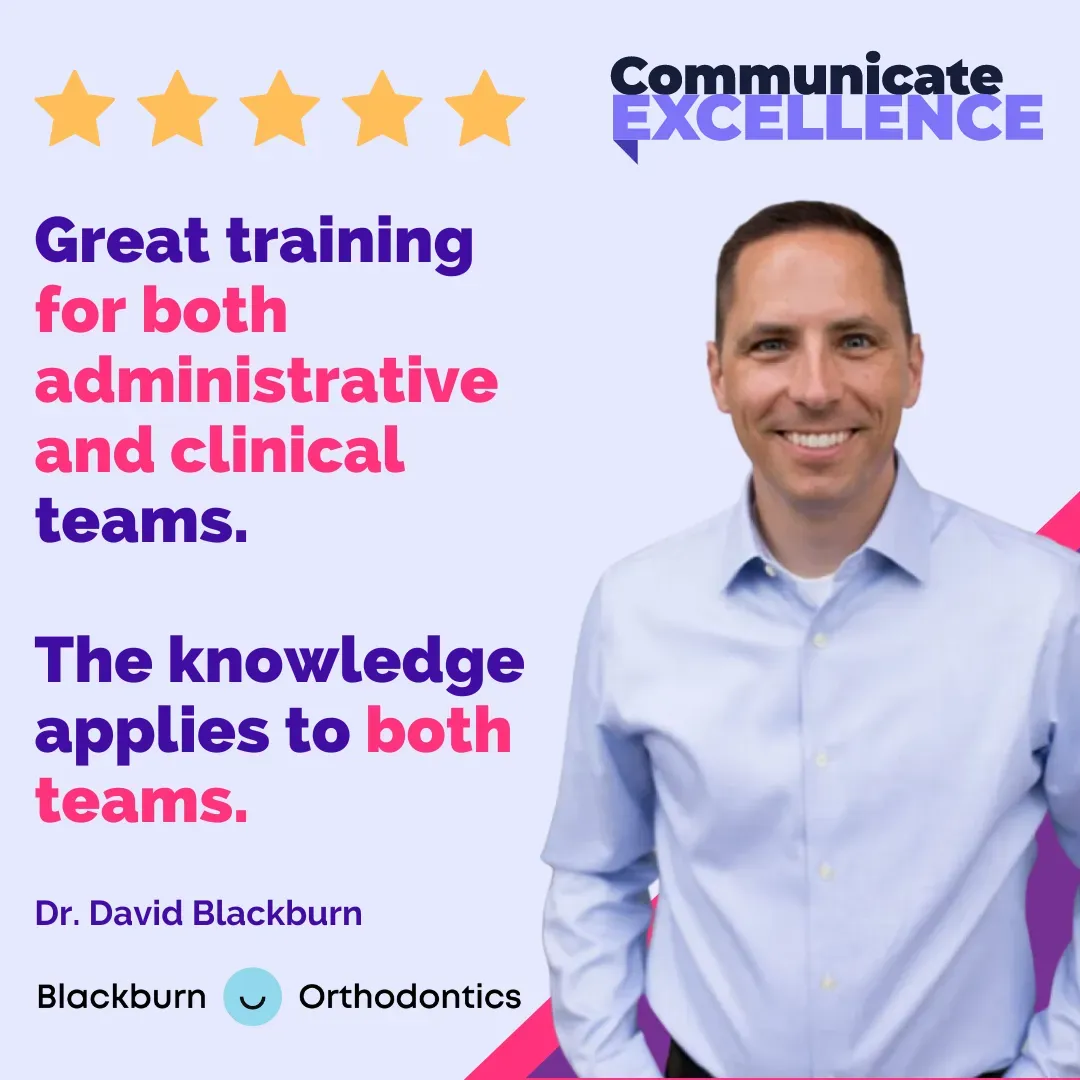
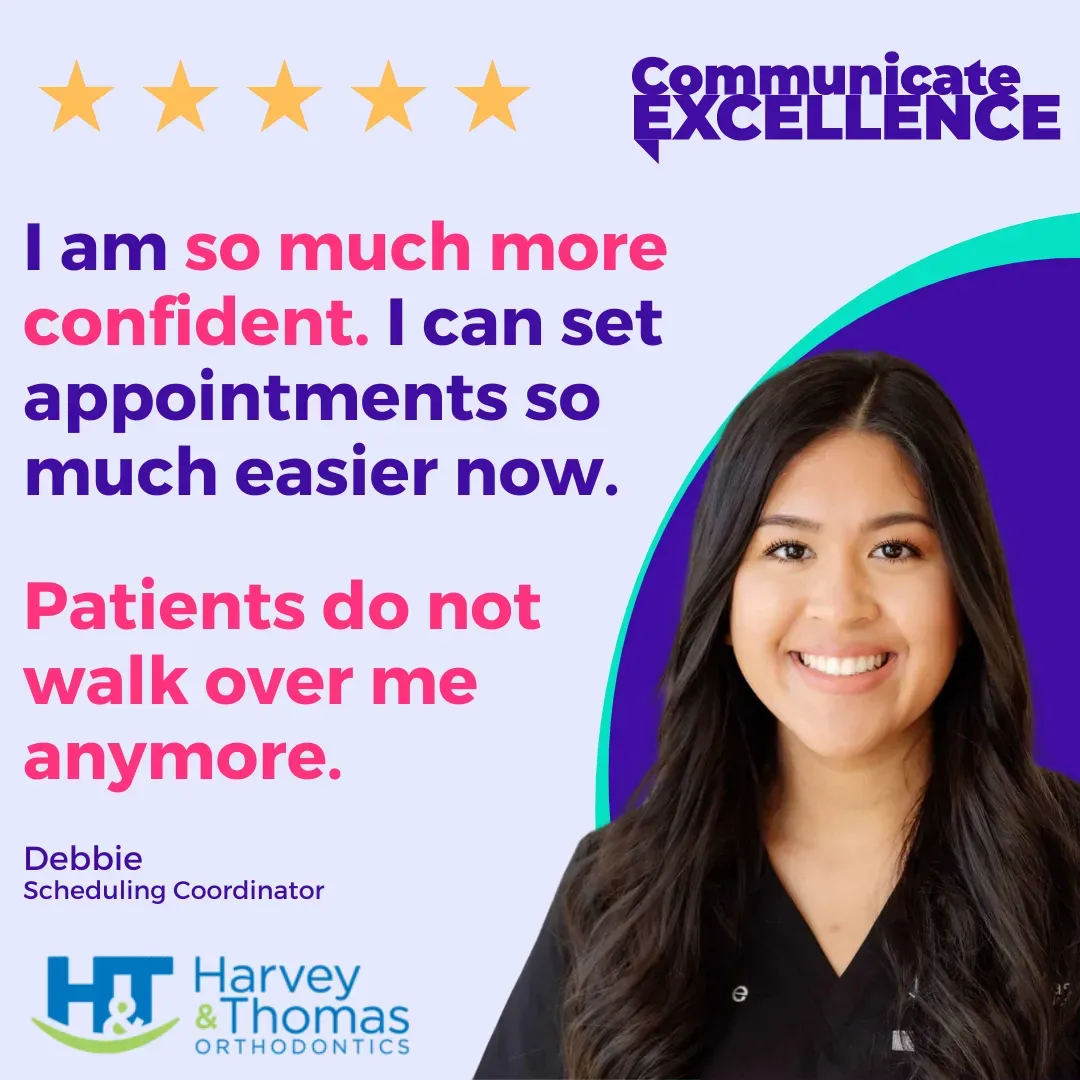
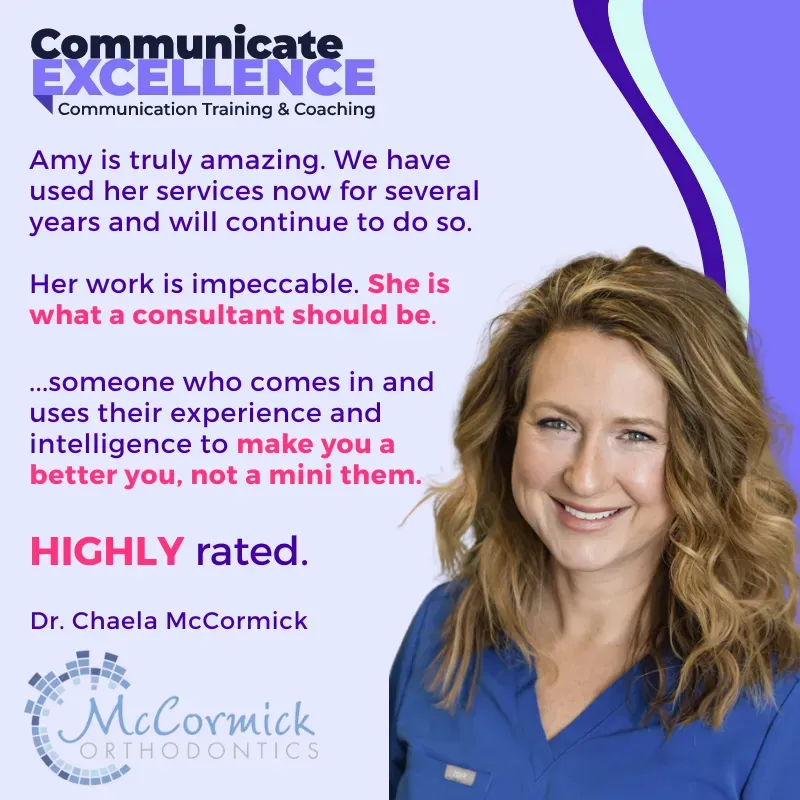

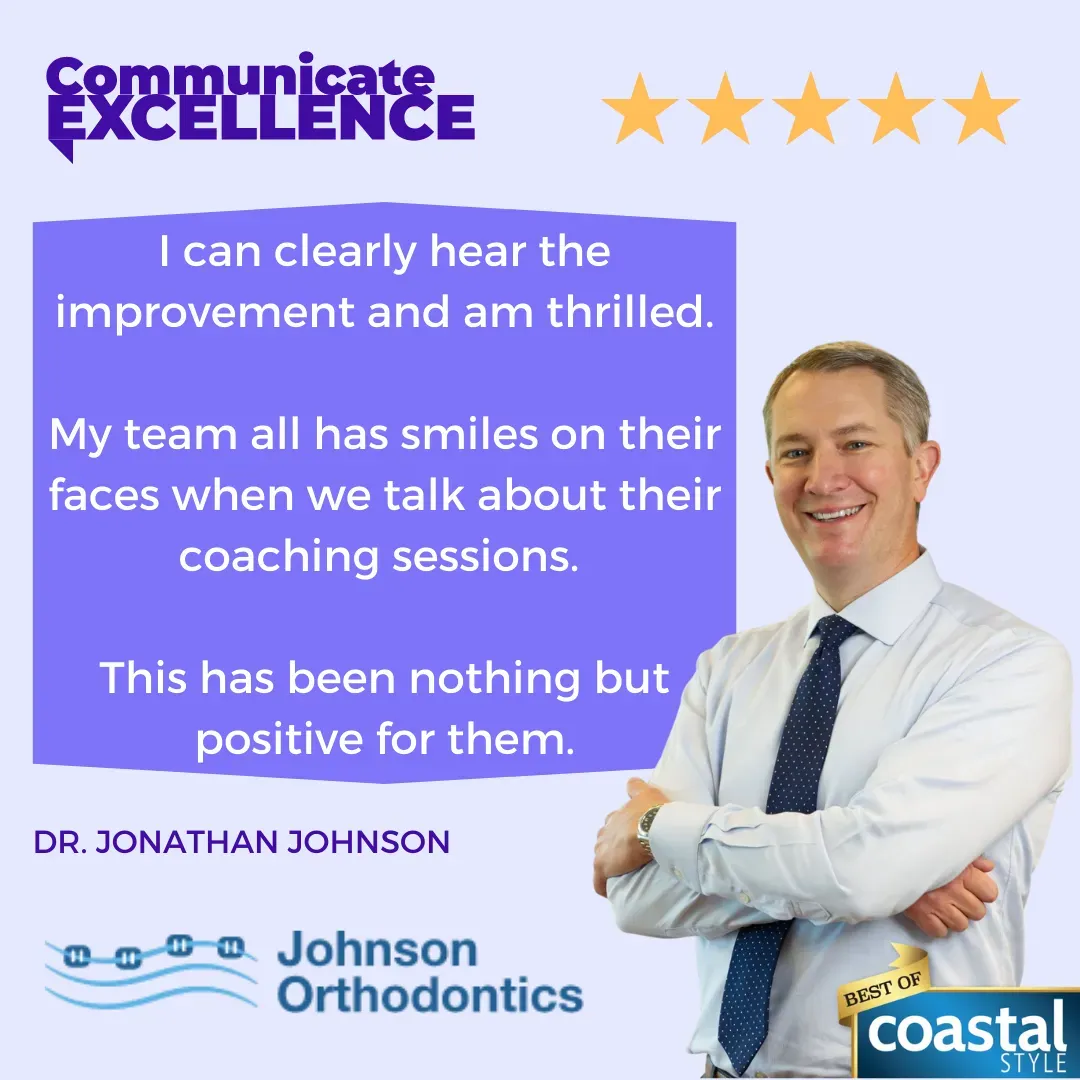
Preferred Provider For:
As a bonus for being a member of these organizations you will receive a discount on my services.
Schulman Group leaders say
“The Schulman Group is pleased to call Amy Demas/Communicate Excellence one of our valued preferred consultants and a huge advocate for our educational programming efforts. Her "can do" attitude has served the group in many capacities over the years…..as a consultant, as a program speaker and most recently served as moderator for our Doctor and Team Meeting. As speaker and consultant, Amy offers invaluable insight on communication skills for all orthodontic team members and has helped a number of our members streamline and improve office interactions with patients.”
Emily, Mari's List says
"Amy Demas is a shining star when it comes to training front desk staff, scheduling coordinators and treatment coordinators. She truly communicates excellence. Mari's List feels confident endorsing Amy because of her long history of exceptional professionalism and glowing reviews from our members."



